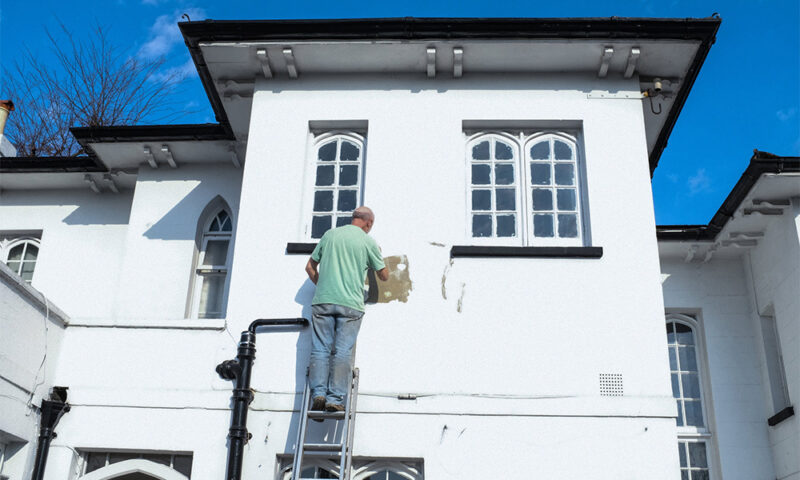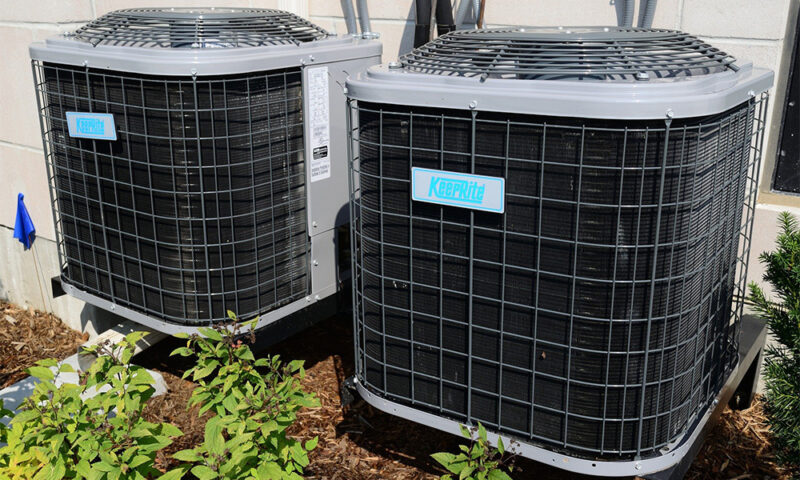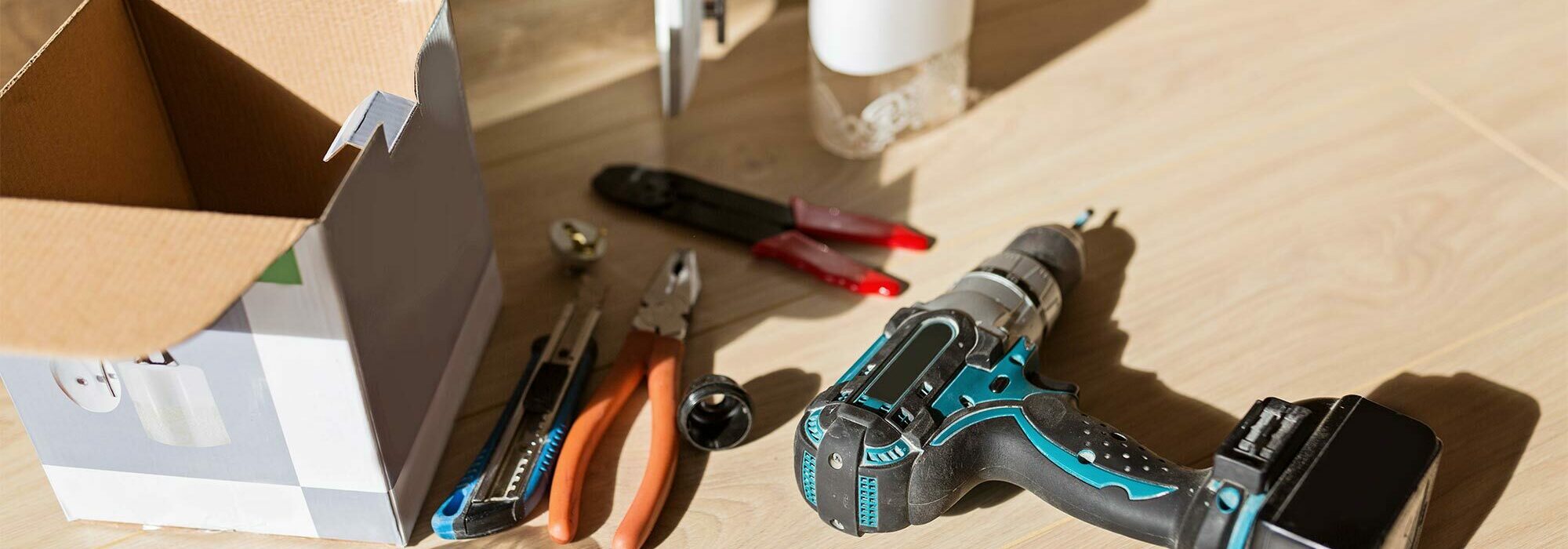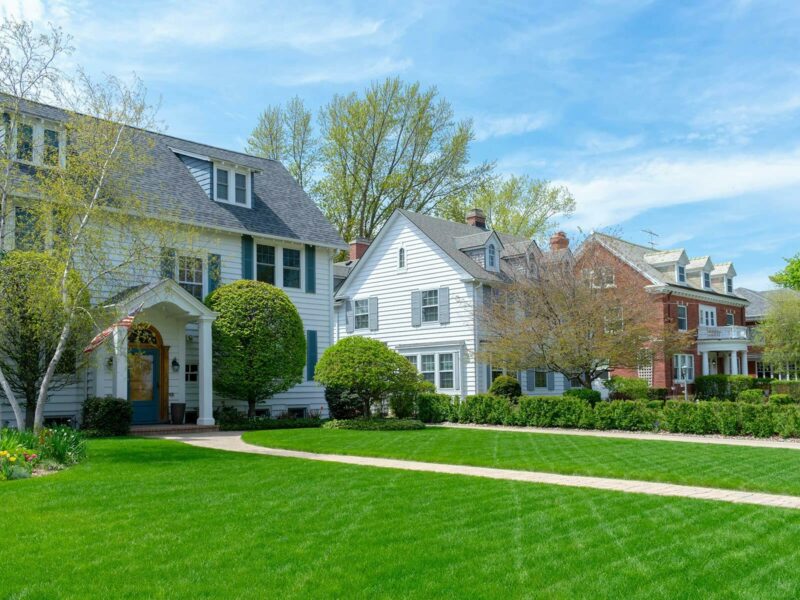A home is a long-term investment. While owning a home offers savings over the long term when compared to renting, it also means that you are responsible for all repairs and maintenance. You need to include a maintenance budget when looking at the total cost of owning a home. Homeowner’s insurance and home warranties can cover some expenses, but you will have to pay for ordinary maintenance. Tip: check out reviews for home warranties before making your final decision.
How much do maintenance and regular repairs cost the average homeowner? This is a difficult question to answer since each home faces unique challenges. Nearly all homes face some common challenges, though. The following is an effort to provide an idea of what someone might expect to pay to keep their house in good working order.

Photo by Flow Clark on Unsplash
What is the true cost of owning a home?
The true cost of owning a home consists of more than just your mortgage payment. You must pay property tax and insurance premiums, as well as the cost of keeping the home running. The roof needs to keep out the wind and rain. The HVAC system needs to keep the house cool in summer and warm in winter. If you have a driveway, it should provide a smooth surface where you can park your car.
All of these maintenance needs cost money, and it can be difficult to predict how much money you will need. One recent survey found that, nationwide, homeowners spend an average of $2,676 annually for maintenance and repairs. Two general rules suggest how much money you should set aside in your budget for maintenance and repairs. Neither might be right for your particular home, or either might work.
The 1% Rule
This rule states that you should set 1% of the purchase price of your home aside each year for maintenance and repairs. If you bought your home for $300,000, you should budget $3,000 per year, or $250 per month.
This won’t be a hard-and-fast rule for every homeowner, but it’s not a bad guideline.
The Square Footage Rule
Another general rule states that you should set aside $1 per year for every square foot of your home. This rule can lead to a very different budget than the 1% rule. The amount of square footage available for $300,000 will vary greatly from one place to another.
Setting Your Own Budget
Neither of the rules described above take your home’s particular circumstances into account. Factors specific to your location will affect your maintenance needs, such as the local weather and the risk of natural disasters like floods, fires, or tornados.
Building materials and location are also important. Different materials require different maintenance, and the cost of those materials can vary from place to place.
Finally, older homes tend to require more maintenance than new ones. In order to create a maintenance budget, you’ll need to know what parts of your house are likely to need attention.

Image by Michal Jarmoluk from Pixabay
What are my home’s ongoing maintenance needs?
Most houses have, at a minimum, the following needs:
Foundation care
Roof repairs
Plumbing issues
Electrical and wiring issues
Lawn and landscaping care
Servicing for major systems like the HVAC and water heater
Pest control
Many of these services cost far less than the cost of repairing problems that occur from a lack of maintenance. Minor repairs typically start at around $50 to $100 for a service call. Ongoing service contracts might cost $50 to $100 per year for routine inspections to make sure a system is in working order.
What will I need to replace, and how often?
Certain parts of your home will need to be repaired or replaced when they reach a certain age.
Roof shingles: Every 12 to 20 years, depending on the type of shingle, with the cost ranging from $8,000 to $15,000 for the entire roof
Exterior paint: Every 4 to 6 years for wood, aluminum, or stucco; or every 15 to 20 years for brick; at an average of $2 per square foot of painted area
Water heater: Every 10 years for a standard water heater or 20 years for a tankless water heater, at an average cost of $1,200
HVAC: Every 10 years, particularly in the hottest parts of Texas, for an average of $7,500.

Image by ElasticComputeFarm from Pixabay
What will homeowner’s insurance and home warranties cover?
Homeowner’s insurance coverage is typically available for damage that occurs as the result of a catastrophic event, such as:
Natural disasters other than flooding
Fire
Criminal activity, such as burglary
Many insurance policies do not, however, cover damage that results mainly from neglect or ordinary wear and tear. If your roof collapses because you ignored various roof leaks over the years, for example, your insurance might tell you that you’re on your own. This is another reason why routine maintenance is so important.
A home warranty may cover the cost of replacing various equipment or appliances, such as an HVAC system, water heater, refrigerator, or dishwasher. It may also cover certain repairs that are not covered by homeowner’s insurance. Home warranties often have very specific terms, however, that limit when coverage is available. You should read those terms closely if you are thinking about purchasing a home warranty.
Is home ownership a worthy investment for you?
In the grand scheme of things, there’s hardly ever a bad time to become a homeowner. Let’s figure out what you qualify for and if home ownership is right for you!



